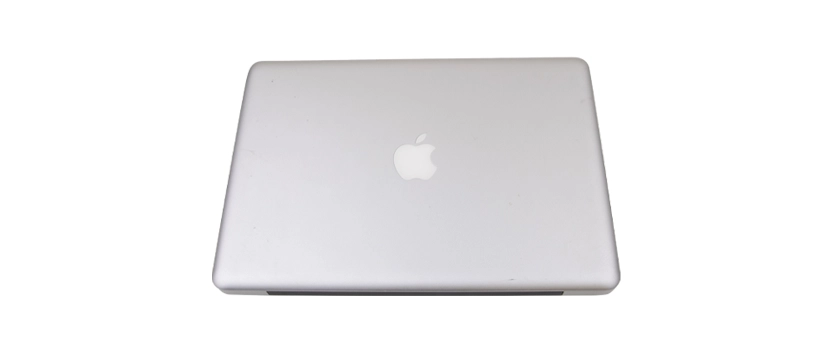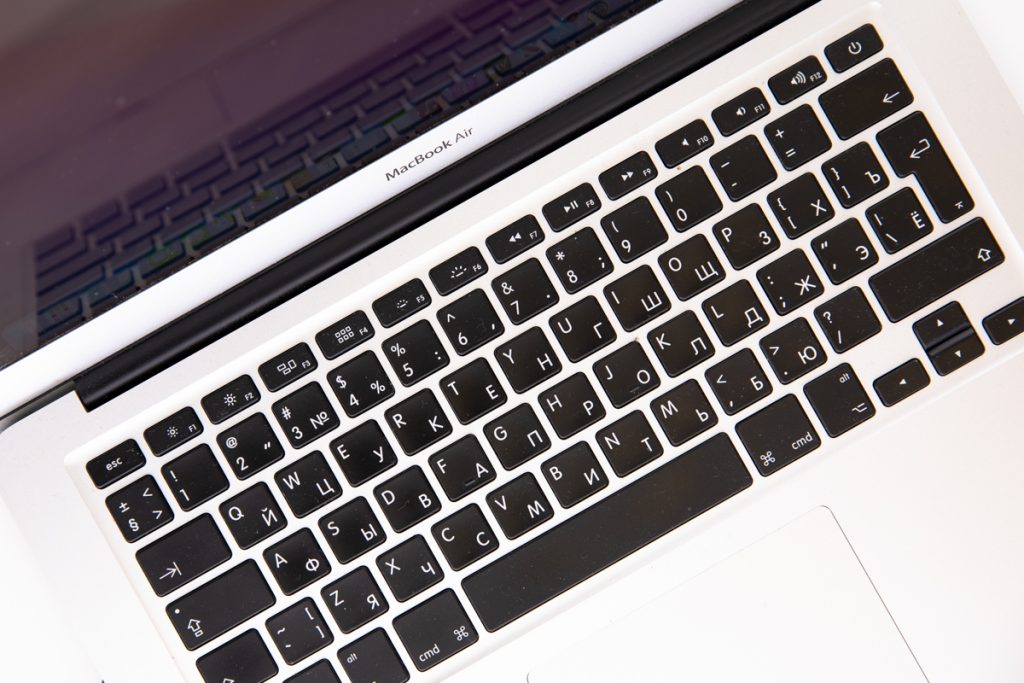Some of us experienced those heart-stopping moments when an accident happened and water spilled on our beloved MacBook. Whether it was a spilled cup of coffee, an accidental drop into the pool, or a sudden rainstorm while working outside, water damage to our laptops is always a nightmare.
Losing data can be extra stressful, especially if you do not have a backup in place. But before panicking and assuming the worst, there are some steps you can take to save your MacBook from water damage potentially.
Sometimes, it is possible to recover both the MacBook and data after water damage. The key is acting quickly and knowing what to do. However, sometimes only data can be recovered, and the MacBook may not survive. Do not forget that even if you lose your laptop, you can always replace it, but lost data may be irreplaceable.
In this how-to guide, we will discuss the steps you can take to save your MacBook from water damage and potentially recover lost data. We will also provide some tips for preventing water damage in the future. Whether you use Air or Pro, these steps and tips apply to all models of MacBook almost equally.
Steps to Save Your MacBook from Water Damage
Accidentally spilling water on your MacBook can be alarming, but immediate action can help save your device. Here are the steps you should follow to minimize damage and potentially save your MacBook from water exposure.
1. Power Off the MacBook Immediately
The first and most crucial step is to turn off your MacBook as soon as possible. Press and hold the power button until the device shuts down completely. Do not attempt to restart it, as doing so may cause further short-circuiting.
2. Unplug and Disconnect Accessories
Immediately unplug your MacBook from the power source and disconnect any peripherals or accessories (e.g., USB drives, external keyboards). This prevents the electrical current from causing additional damage.
3. Dry the Surface
Use a soft, absorbent cloth to wipe away any visible water from the MacBook’s surface, including the screen, keyboard, and touchpad. Be gentle, and avoid using paper towels that may leave residue.
4. Open the MacBook and Tilt It
Open the MacBook to an angle where the keyboard is facing down. This position allows the water to drain away from the internals instead of pooling inside. Hold the device upside down and gently shake it to remove any excess water.
5. Remove the Battery (if possible)
For older MacBook models with removable batteries, carefully remove the battery to cut off any potential power supply and reduce the chance of short-circuiting. If you have a newer model with a non-removable battery, skip this step and move on to the next.
6. Use Absorbent Materials
Place your MacBook in a dry, safe environment. You can surround the device with silica gel packets or uncooked rice, which will help absorb moisture. This can be especially helpful in drying out any residual water trapped inside the MacBook.
7. Let the MacBook Dry for 48 Hours
Allow your MacBook to dry thoroughly. Leave it undisturbed for at least 48 hours in a warm, dry area. Resist the temptation to power it on prematurely, as even a small amount of remaining water could cause permanent damage.
8. Consult a Professional
Once the drying period has passed, it’s wise to have a professional technician inspect your MacBook before turning it on. Water damage can cause internal corrosion, and technicians can assess whether the components are safe to use or need repair.

Tips for Preventing Water Damage in the Future
To avoid going through the stressful process of saving your MacBook from water damage, here are some tips to prevent it from happening in the future:
- Avoid drinking or having any liquids near your MacBook.
- Use a protective case for your MacBook to shield it from accidental spills or rain.
- Regularly back up important data to an external drive or cloud storage to avoid data loss due to water damage.
- If you spill liquid on your MacBook, act swiftly and follow the steps above to minimize damage.
- Consider investing in liquid-resistant keyboards or protective keyboard covers for your MacBook.
By following these tips and taking precautions, you can prevent costly repairs and potential data loss from water damage to your beloved MacBook.
Don't's if your MacBook gets Water-Damaged
- Do not panic, and try to turn on your MacBook immediately.
- Do not use a hairdryer or compressed air to dry your device.
- Do not shake or tilt your MacBook, as this can spread the water and potentially cause more damage.
- Do not attempt to open and repair the device yourself unless you have experience and proper tools.
- Do not use unverified methods such as rice or silica gel packs to dry your MacBook, as they are ineffective and can cause more damage.
Data Recovery for Water-Damaged MacBooks

If you are lucky and your MacBook survives, you can attempt to recover any lost data. However, if the device does not turn on or is severely damaged, it may be impossible to recover any data. In this case, it is best to seek professional data recovery services.
Our professional technicians have the tools and expertise to recover data from water-damaged MacBooks, even if they do not turn on. We use specialized techniques to extract data from damaged storage drives and can provide you with a copy of your recovered data.
We recovered numbers of MacBooks data which were water-damaged and successfully retrieved important documents, photos, and videos for our clients. You can check the case study about water damaged MacBooks on our website to see the success stories of our data recovery services.
Contact us now to get a free consultation and estimate for your water-damaged MacBook. We understand how important your data is, and we will do everything in our power to recover it for you.
Frequently Asked Questions
Can I use a hairdryer to dry my MacBook?
It is not recommended to use a hairdryer to dry your MacBook. The heat from a hairdryer can potentially cause more damage to the internal components of your device. It’s best to let your MacBook air dry naturally in a well-ventilated area.
How long should I let my MacBook dry before attempting to turn it back on?
It is advisable to let your MacBook dry for at least 48 hours before attempting to turn it back on. This allows sufficient time for all moisture to evaporate. Rushing to turn on your MacBook too soon can increase the risk of further damage.
What should I do if I spilled a liquid other than water on my MacBook?
If you spilled a liquid other than water on your MacBook, the steps remain the same. Power off your device, unplug it, wipe and drain any excess liquid, and let it air dry. However, it’s important to note that certain liquids, such as sugary beverages or corrosive substances, can cause more significant damage. In such cases, it is highly recommended to seek professional repair services.
Can I remove the keys to clean them if I spilled water on the keyboard?
It is generally not recommended to remove the keys of your MacBook keyboard yourself. The keys are delicate and removing them incorrectly can cause further damage. It’s best to let the liquid evaporate naturally and clean the surface with a soft, lint-free cloth. If the keys continue to stick or exhibit unusual behavior after the drying process, it’s advisable to consult a professional technician.
What if my MacBook shows signs of water damage after drying?
If your MacBook exhibits signs of water damage, such as discoloration, sticky keys, or unusual behavior, it’s recommended to take it to an authorized service center or contact Apple support. Trained technicians can diagnose the extent of the damage and provide appropriate repairs. Attempting to repair the device yourself may void the warranty or cause further harm.


